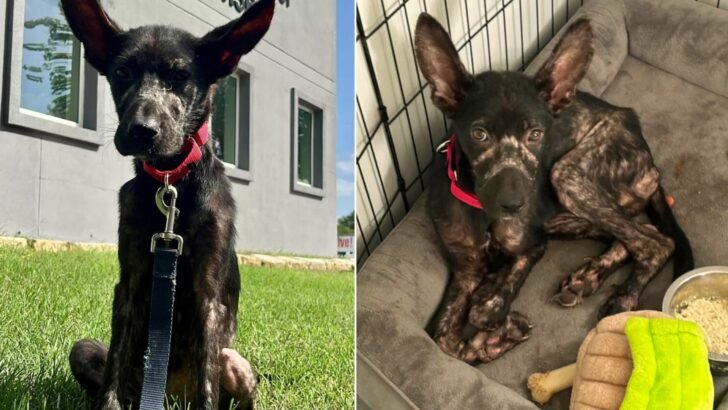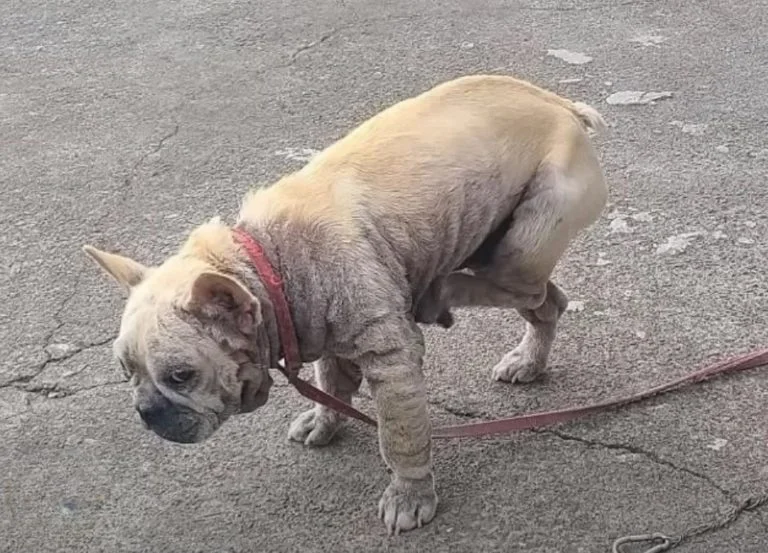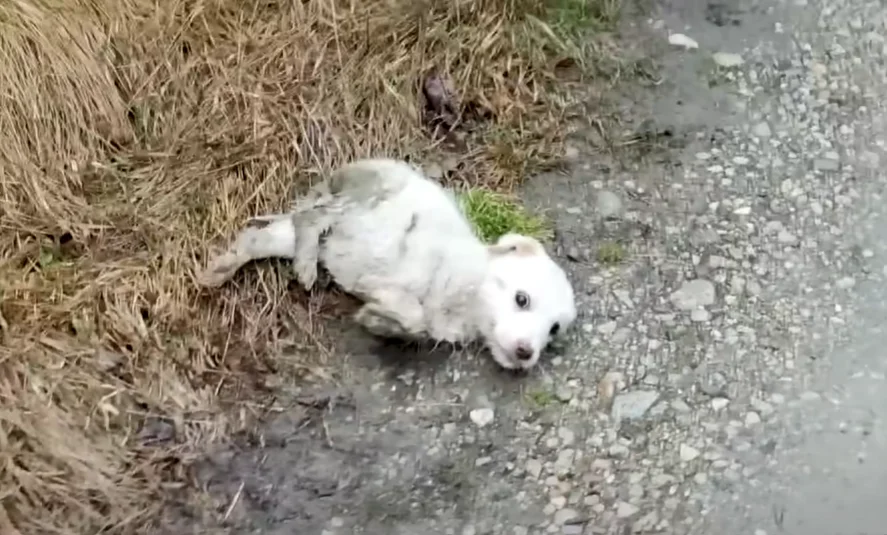Understanding and Addressing Separation Anxiety in Dogs
What Is Separation Anxiety in Dogs?
Separation anxiety in dogs is a condition where a dog experiences significant distress when left alone or separated from their human or animal companions. This anxiety can manifest in various ways, such as destructive behavior, excessive barking or whining, salivation, pacing, and accidents inside the house. When you return home, your dog may greet you with intense excitement or anxiety. This condition can be challenging to manage, as traditional obedience training methods often do not address the root cause of the anxiety.
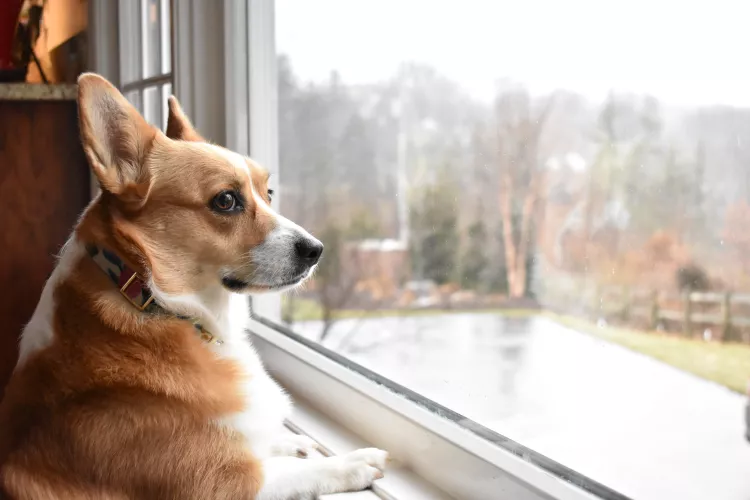
Before addressing separation anxiety, it’s crucial to rule out medical issues. For example, house soiling could be due to health problems like urinary tract infections, gastrointestinal issues, or pain affecting mobility. A vet visit can help eliminate medical concerns before focusing on behavior modification.
Signs of Separation Anxiety in Dogs
Separation anxiety is characterized by distress and problematic behavior that occurs when a dog is separated from their owner or another animal they are closely attached to. Here are common signs:
- Panic when Left Alone: Does your dog appear frantic or panicked when left alone?
- Vocalization: Have neighbors complained about excessive barking, whining, or howling when you’re not home?
- Destructive Behavior: Does your dog damage your belongings when you leave?
- Accidents: Does your dog have accidents in the house even though it is house-trained?
Distinguishing between separation anxiety and boredom is important. Boredom-related behaviors, such as chewing and barking, are usually addressed with increased exercise and mental stimulation. If these interventions don’t help, separation anxiety may be the issue.

Treatment Options for Separation Anxiety
Addressing separation anxiety requires patience and a structured approach. Here are strategies to help your dog feel more comfortable when alone:
- Modify Your Routine: Dogs often pick up on routines and can become anxious when they predict your departure. To reduce this anxiety, vary your pre-departure activities. For instance, occasionally pick up your keys and then sit down or put on your coat and feed your dog. This can help break the association between specific actions and your departure.
- Keep Departures and Arrivals Low-Key: Avoid giving your dog excessive attention before leaving or immediately upon returning home. Instead, ignore your dog for a few minutes before and after you leave. Reward calm behavior when your dog is relaxed, and provide attention or treats when they settle on their own.
- Gradual Desensitization: Start by leaving your dog alone for very short periods and gradually increase the duration as your dog becomes more comfortable. Begin with just a few seconds and slowly extend the time you’re gone. Use positive reinforcement when your dog remains calm during these periods.
- Increase Independence: Encourage your dog to feel more comfortable with short, controlled separations. Gradually build up to longer periods of alone time, always ensuring that the dog does not experience severe anxiety during these sessions.
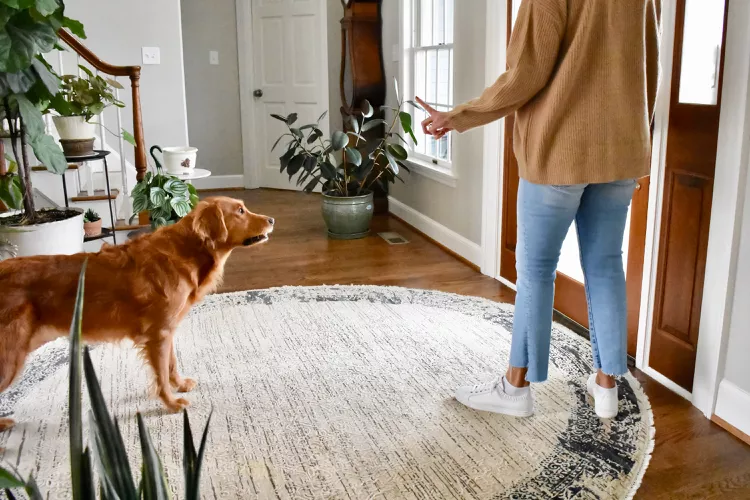
Professional Help
If these strategies do not lead to significant improvements, consider seeking professional help. A veterinarian can offer advice and may recommend medication to help manage your dog’s anxiety during behavior modification. A board-certified veterinary behaviorist or a dog trainer with experience in separation anxiety can provide additional guidance and tailored strategies.
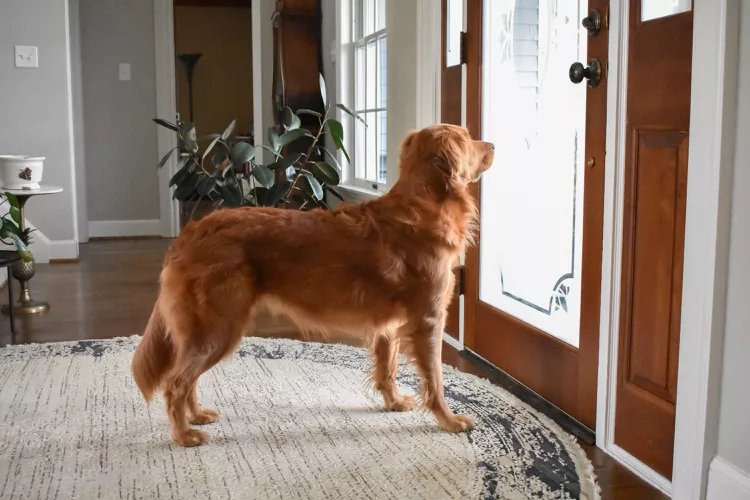
Next Steps
Consistency and patience are key when dealing with separation anxiety. It may take time for your dog to adjust, but with the right approach and professional support if needed, you can help your dog feel more secure and reduce their anxiety.


